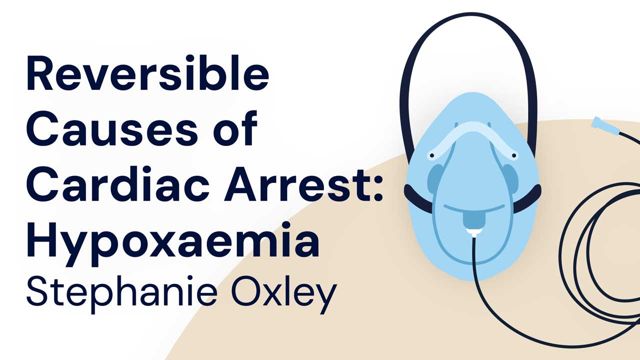Reversible Causes of Cardiac Arrest: Hypoxaemia


This lecture by cardiac clinical nurse educator Stephanie Oxley delves into the various causes of hypoxaemia and outlines strategies for recognising and responding to deterioration. Stephanie outlines the immediate management of hypoxaemia, including oxygen administration and considerations for post-cardiac arrest care, such as maintaining adequate organ perfusion after return of spontaneous circulation (ROSC).
Test Your Knowledge
Question 1 of 5
What does ROSC stand for in the context of managing a patient after cardiac arrest?
Topics
For Teams
Assign to your staff
Assign mandatory training and keep all your records in-one-place.
Find out moreMeet your educator
Content Integrity
Ausmed strives for the highest level of content integrity and accuracy in our educational resources.
Last updated23 Jun 2025
Due for review29 Jun 2028
Disclaimer
Disclosure
Usage
Cite this resource
 New
New